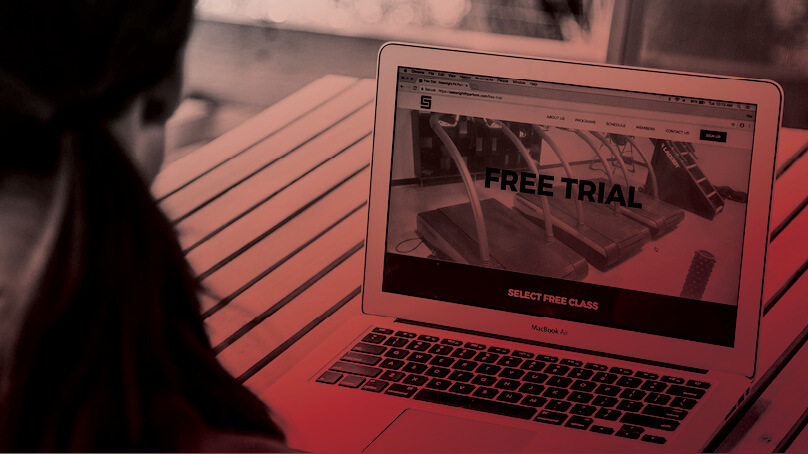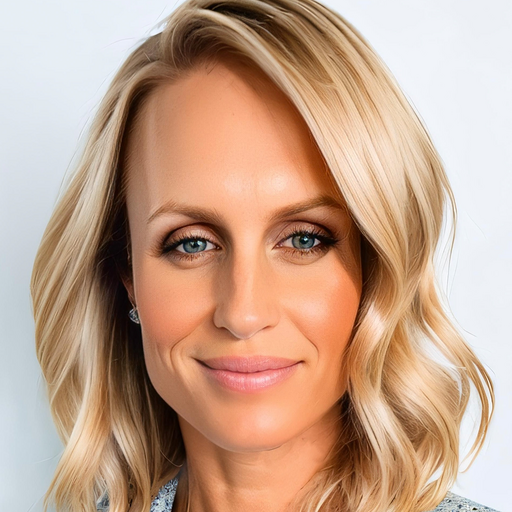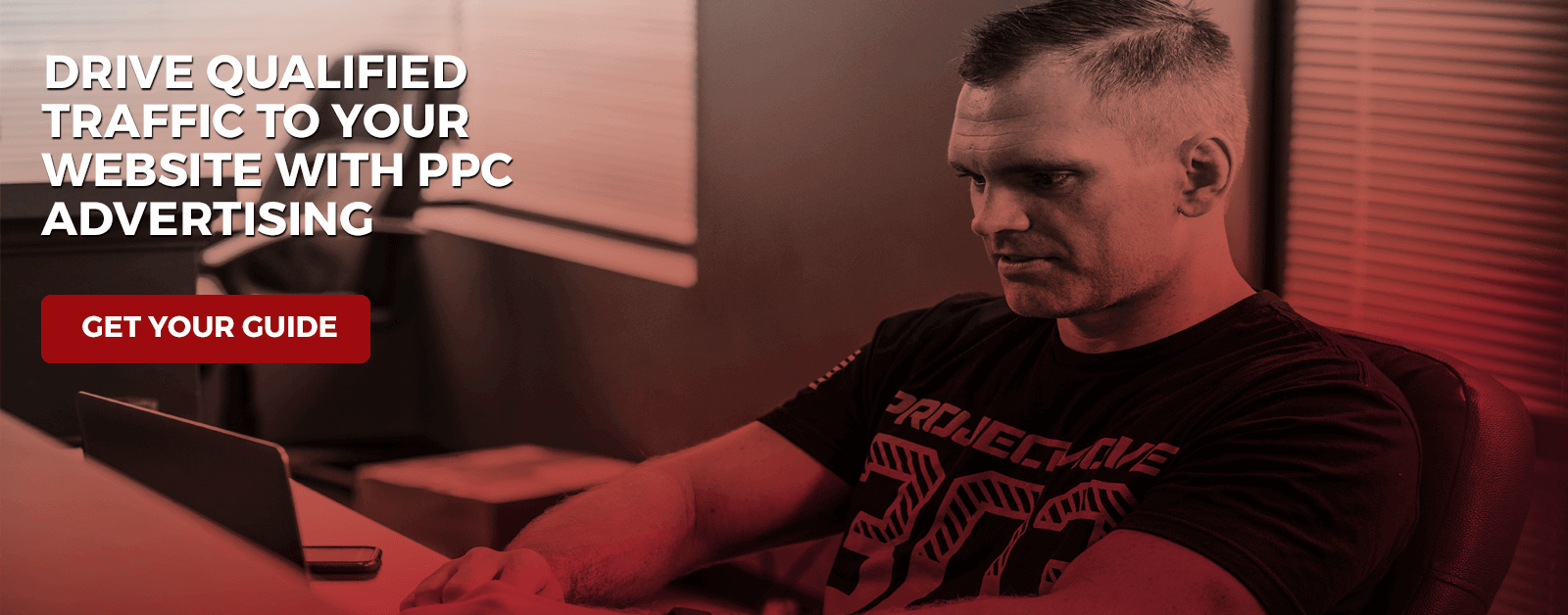Google Ads for Your Fitness Business: A Primer


You’ve got your website (or your looking to build one), you’ve got your facility and now it’s time for you to build your membership base. There are plenty of ways to do that, events, community building, mailers, working with local business groups, etc. One tactic you may have considered but haven’t tried (or have tried and failed at) is digital advertising through Google.
Google Ads, formerly known as Google AdWords (RIP), is a tremendously powerful way to get new members through your doors. However, it is not without peril. You can find horror stories across the internet talking about wasted ad spend and other cautionary tales about using Google Ads. But, luckily, with a little guidance, you should be able to navigate around the pitfalls and find a great lead driver for your business.
Introductory Terminology
If you’re not used to digital advertising or Google Ads specifically, there are a lot of terms and industry vernacular that could trip you up. Here are some common words and terms you should familiarize yourself with.
Account: What everything in your Google Ads instance is tied to.
Campaign: The biggest functional component within your account. Your campaigns are the foundation of your advertising efforts. Within your account you can have multiple campaigns.
Ad Group: Thematically organized groupings of ads underneath a campaign. Within a campaign you can have multiple ad groups.
Ad: The actual ads that will be displayed on the internet. You can have as many ad variants as you want within your ad groups, though we recommend 2-4.
Keywords: The words that will trigger your ad to be displayed.
Landing Page: The webpage visitors will be sent to once they click on your ad.
PPC (Pay Per Click): A type of digital advertising where you are charged for each click on your ad.
CTR (Click Through Rate): A percentage based on the number of people who see your ad and click on it.
Impression: How many times your ad has been seen.
Interaction: How many people have clicked on your ad.
CPC (Cost Per Click): How much you pay for each click.
Display Ads: Image-based ads. (The set up for these is different than what we will be covering in this blog.)
Device Targeting: Which kinds of devices your ads displayed on. (Desktop, Mobile, or Tablet)
Basic Strategy
The unequivocally best way to waste money is to start a PPC campaign without knowing what you’re doing, followed closely by burning cash and throwing money into a black hole. It’s not that pay-per-click advertising is extremely difficult or risky, quite the contrary, if you know what you’re doing and set yourself up right it can be an extremely cost-effective, easy-to-maintain source of leads, but you have to begin with a strategy.
Want to learn more about pay-per-click advertising? Download our PPC Marketing Guide today!
Targeting, Targeting, Targeting
Just like the rallying cry in real estate is “Location, Location, Location!” the most important thing you can do in digital advertising as a local business with a physical location is to target the right people. Getting a click from Yuri in St. Petersburg is worth less than zero for you because you paid for his click!
You can target based on a few different factors. Specifically, in Google Ads search campaigns, you can target based off of geographic location, language used, what they are actively searching for or a bunch of different demographic data points.
You want to make sure that you are only showing your ads to people who might be a member or drop-in to your gym (unless you’re trying to build a brand beyond your physical location, in which case you can look at building specific types of awareness campaigns). But in most cases, you want to set your geographic targeting to include zip codes within a given radius of your location (this radius depends on a lot of factors, competitors, population density, public transit options etc.).
You also need to target the right demographics. The best way to do that is to look at the makeup of your existing member base. What is their age, gender, socioeconomic status, etc. Once you’ve done that you’ll have some insights on how best to target prospects. However, just because your membership base has a specific makeup, doesn’t mean that you shouldn’t target other demographics, but you should be intentional when you do.
Start Small, Refine, Optimize
It is much, much, much better to start small and optimize your campaigns as opposed to starting too broad and paring down (unless money isn’t an issue for you, in which case go nuts!). For the majority of fitness business owners, the best thing to do is to start with hyper-focused campaigns on your most likely members and to grow from there.
Once you’ve got your first campaign going, then you can start to refine and optimize based on the data you are seeing. Getting a ton of leads from northern zip codes but none from the south? Adjust your geographic targeting. Getting a lot of leads from females, but only a few males? Adjust your demographic targeting or create a new ad group focused on men with separate demographic targeting. The opportunities for optimization are endless.
Getting started with Google Ads can be daunting. However, if you take a little time to learn and come into your campaign building with a strategy in place, you can find a great new source of leads and members for your business. Our next installment will cover the basics of setting up your first campaign.
Learn more about digital advertising with our PPC Marketing Guide!

I’m Coach Kelli, a devoted CrossFit gym owner with 15 years of experience managing my facility, along with owning yoga studios and wellness centers. Beyond the fitness world, I have a passion for cooking, cherish moments with my children and family, and find joy in spending time outside. Having experienced the highs and lows, I’m dedicated to leveraging my expertise to help you grow and succeed on your fitness journey.

I’m Coach Kelli, a devoted CrossFit gym owner with 15 years of experience managing my facility, along with owning yoga studios and wellness centers. Beyond the fitness world, I have a passion for cooking, cherish moments with my children and family, and find joy in spending time outside. Having experienced the highs and lows, I’m dedicated to leveraging my expertise to help you grow and succeed on your fitness journey.








